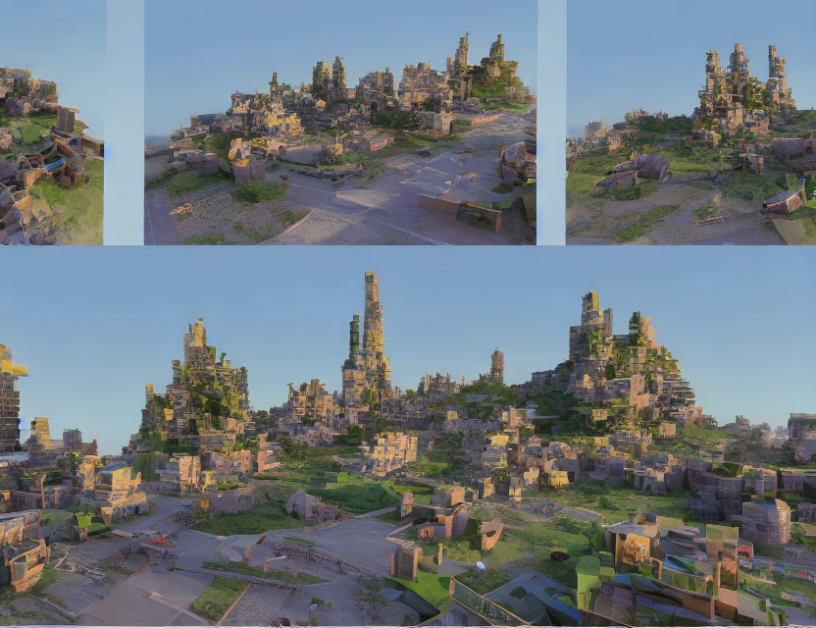In this paper, the authors propose a novel approach called "Clip" for weakly supervised semantic segmentation. The core idea is to use textual descriptions to guide the segmentation process, which allows them to utilize large amounts of unlabelled data to train the model. This is particularly useful in scenarios where labelled data is scarce or expensive to obtain.
To achieve this, Clip leverages a pre-training framework called Swin Transformer, which is a hierarchical vision transformer using shifted windows. The authors propose a new contrastive learning strategy that aligns the textual descriptions with the visual features of the image, enabling the model to learn a rich set of contextual relationships between the two modalities.
The key innovation of Clip is the introduction of a novel augmentation strategy called "regional semantic contrast and aggregation" (RSC-A), which enables the model to focus on regions of the image that are most relevant to the textual description. This allows the model to generate more accurate segmentation results, especially in cases where the textual descriptions are not very specific or contain ambiguities.
The authors evaluate Clip on several benchmark datasets and show that it outperforms state-of-the-art methods in weakly supervised semantic segmentation. They also demonstrate the versatility of their approach by applying it to different scenarios, such as image denoising and object detection.
In summary, Clip is a powerful tool for weakly supervised semantic segmentation that leverages textual descriptions to improve the accuracy of image segmentation. By utilizing large amounts of unlabelled data, Clip can train a model that is more robust and accurate than those trained on smaller datasets with labelled data.
Computer Science, Computer Vision and Pattern Recognition
Boosting Performance in Weakly Supervised Semantic Segmentation with Fine-tuned Prompts



